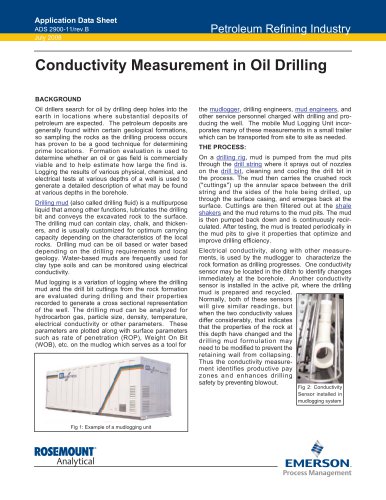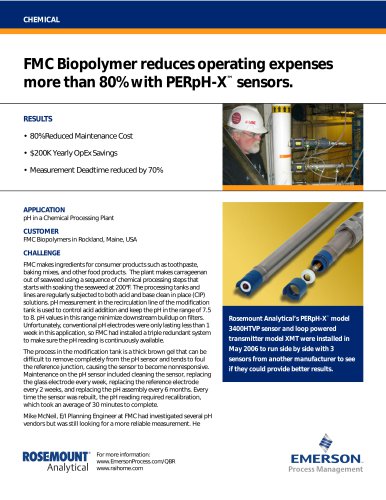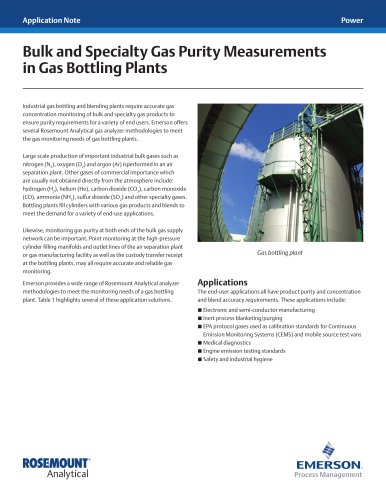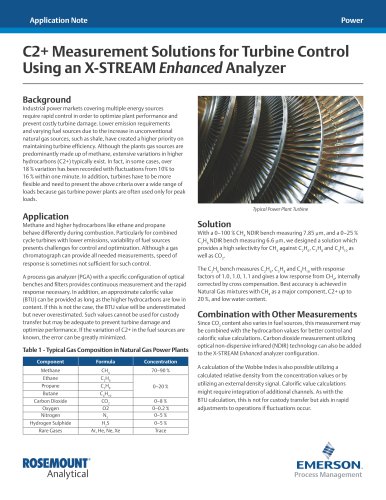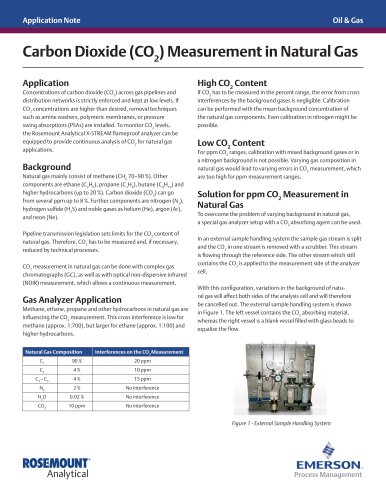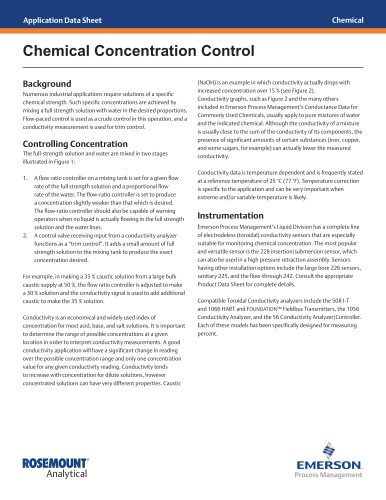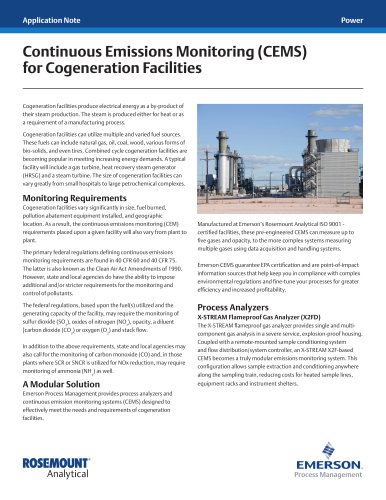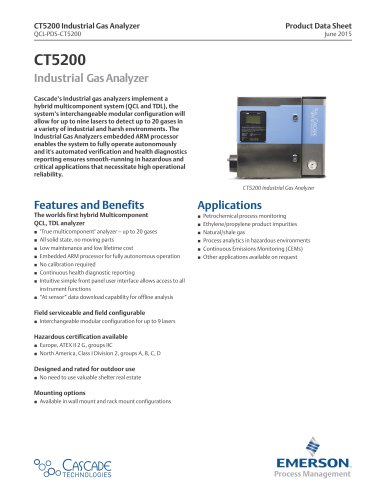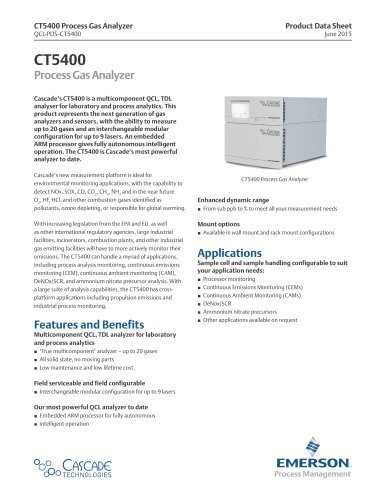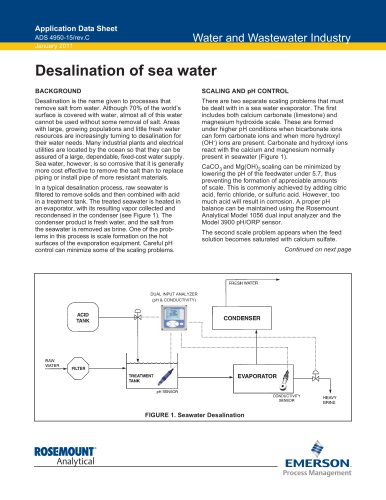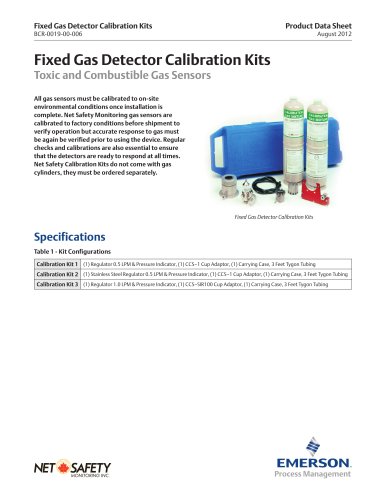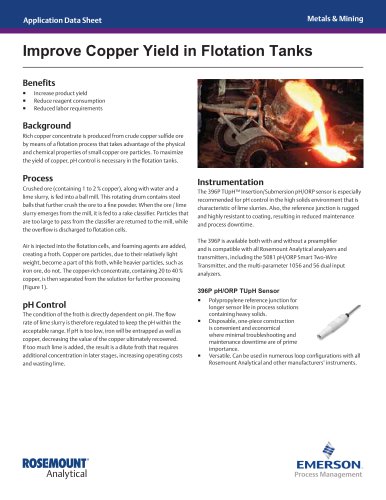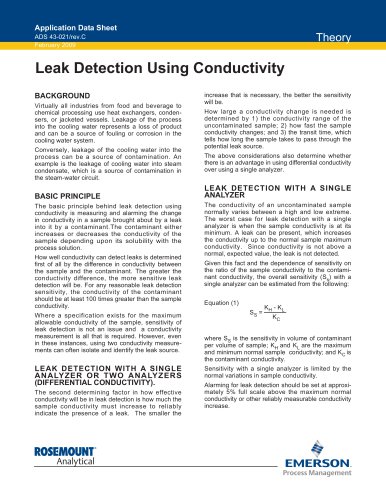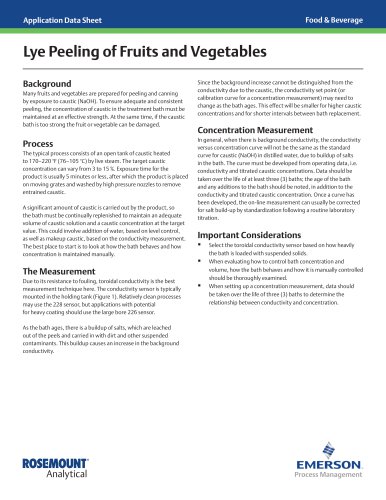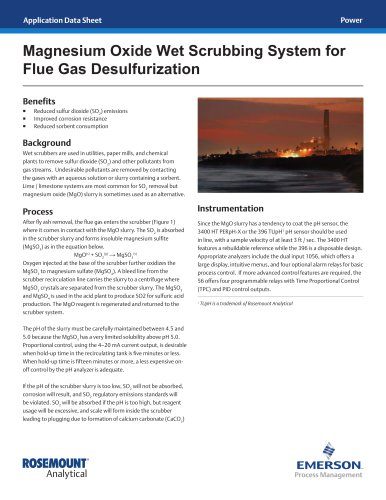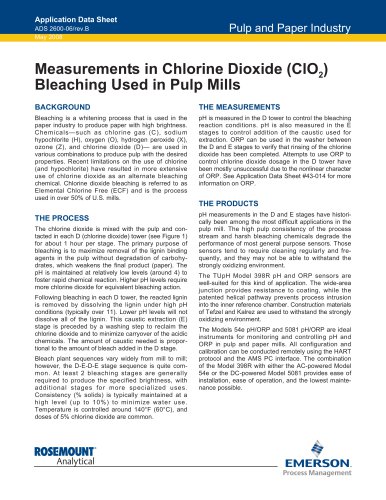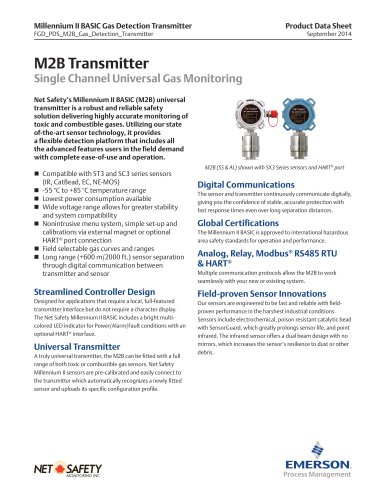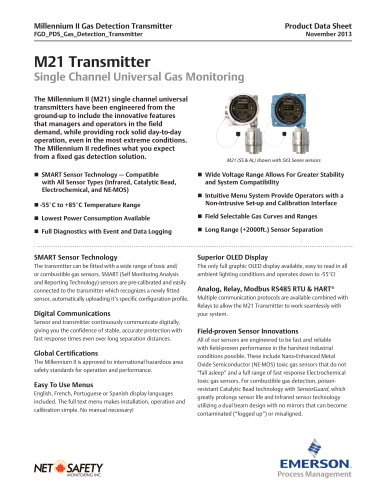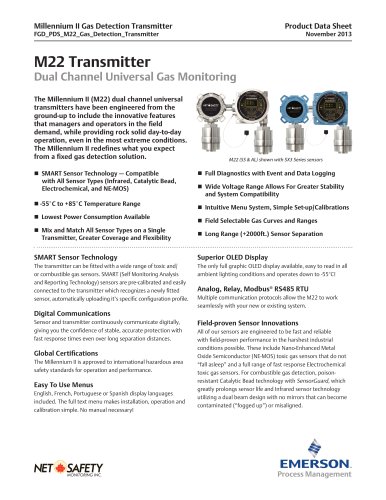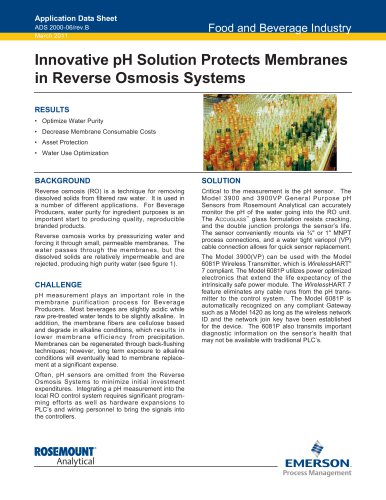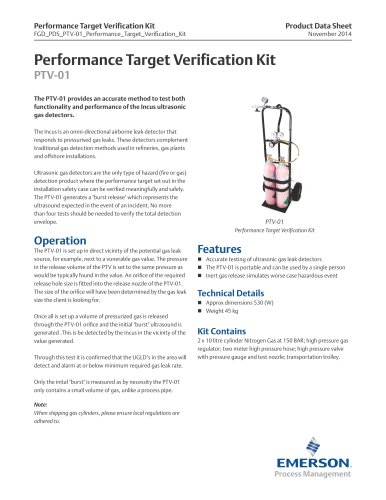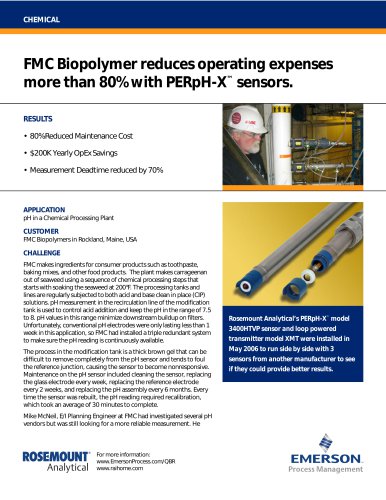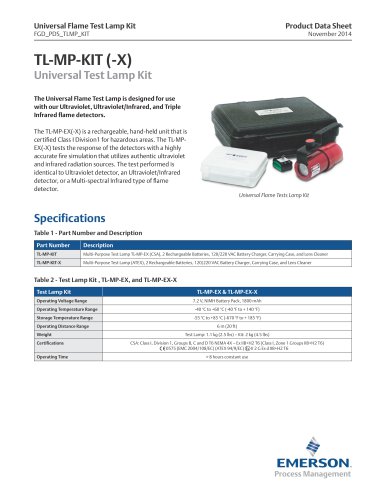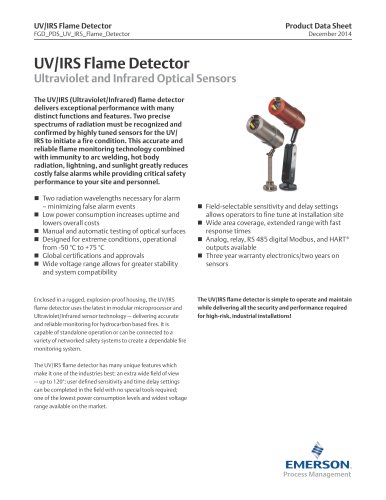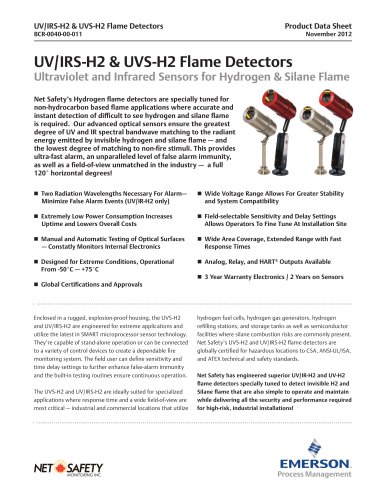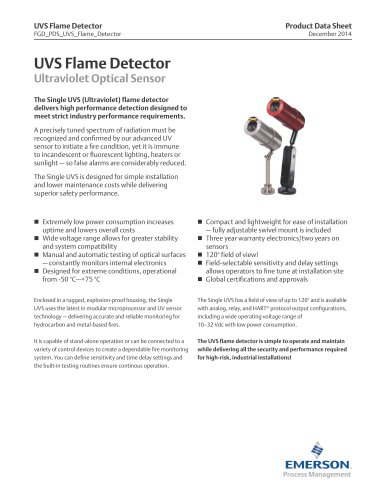Conductivity Measurement in Oil Drilling0 pages
Application Data Sheet
ADS 2900-11/rev.B
July 2008
Petroleum Refining Industry
Conductivity Measurement in Oil Drilling
BACKGROUND
Oil drillers search for oil by drilling deep holes into the
earth in locations where substantial deposits of
petroleum are expected. The petroleum deposits are
generally found within certain geological formations,
so sampling the rocks as the drilling process occurs
has proven to be a good technique for determining
prime locations. Formation evaluation is used to
determine whether an oil or gas field is commercially
viable and to help estimate how large the find is.
Logging the results of various physical, chemical, and
electrical tests at various depths of a well is used to
generate a detailed description of what may be found
at various depths in the borehole.
Drilling mud (also called drilling fluid) is a multipurpose
liquid that among other functions, lubricates the drilling
bit and conveys the excavated rock to the surface.
The drilling mud can contain clay, chalk, and thickeners, and is usually customized for optimum carrying
capacity depending on the characteristics of the local
rocks. Drilling mud can be oil based or water based
depending on the drilling requirements and local
geology. Water-based muds are frequently used for
clay type soils and can be monitored using electrical
conductivity.
Mud logging is a variation of logging where the drilling
mud and the drill bit cuttings from the rock formation
are evaluated during drilling and their properties
recorded to generate a cross sectional representation
of the well. The drilling mud can be analyzed for
hydrocarbon gas, particle size, density, temperature,
electrical conductivity or other parameters. These
parameters are plotted along with surface parameters
such as rate of penetration (ROP), Weight On Bit
(WOB), etc. on the mudlog which serves as a tool for
the mudlogger, drilling engineers, mud engineers, and
other service personnel charged with drilling and producing the well. The mobile Mud Logging Unit incorporates many of these measurements in a small trailer
which can be transported from site to site as needed.
THE PROCESS:
On a drilling rig, mud is pumped from the mud pits
through the drill string where it sprays out of nozzles
on the drill bit, cleaning and cooling the drill bit in
the process. The mud then carries the crushed rock
("cuttings") up the annular space between the drill
string and the sides of the hole being drilled, up
through the surface casing, and emerges back at the
surface. Cuttings are then filtered out at the shale
shakers and the mud returns to the mud pits. The mud
is then pumped back down and is continuously recirculated. After testing, the mud is treated periodically in
the mud pits to give it properties that optimize and
improve drilling efficiency.
Electrical conductivity, along with other measurements, is used by the mudlogger to characterize the
rock formation as drilling progresses. One conductivity
sensor may be located in the ditch to identify changes
immediately at the borehole. Another conductivity
sensor is installed in the active pit, where the drilling
mud is prepared and recycled.
Normally, both of these sensors
will give similar readings, but
when the two conductivity values
differ considerably, that indicates
that the properties of the rock at
this depth have changed and the
drilling mud formulation may
need to be modified to prevent the
retaining wall from collapsing.
Thus the conductivity measurement identifies productive pay
zones a n d enhances drilling
safety by preventing blowout.
Fig 2: Conductivity
Sensor installed in
mudlogging system
Fig 1: Example of a mudlogging unit
"
 عضویت
عضویت  ورود اعضا
ورود اعضا راهنمای خرید
راهنمای خرید







